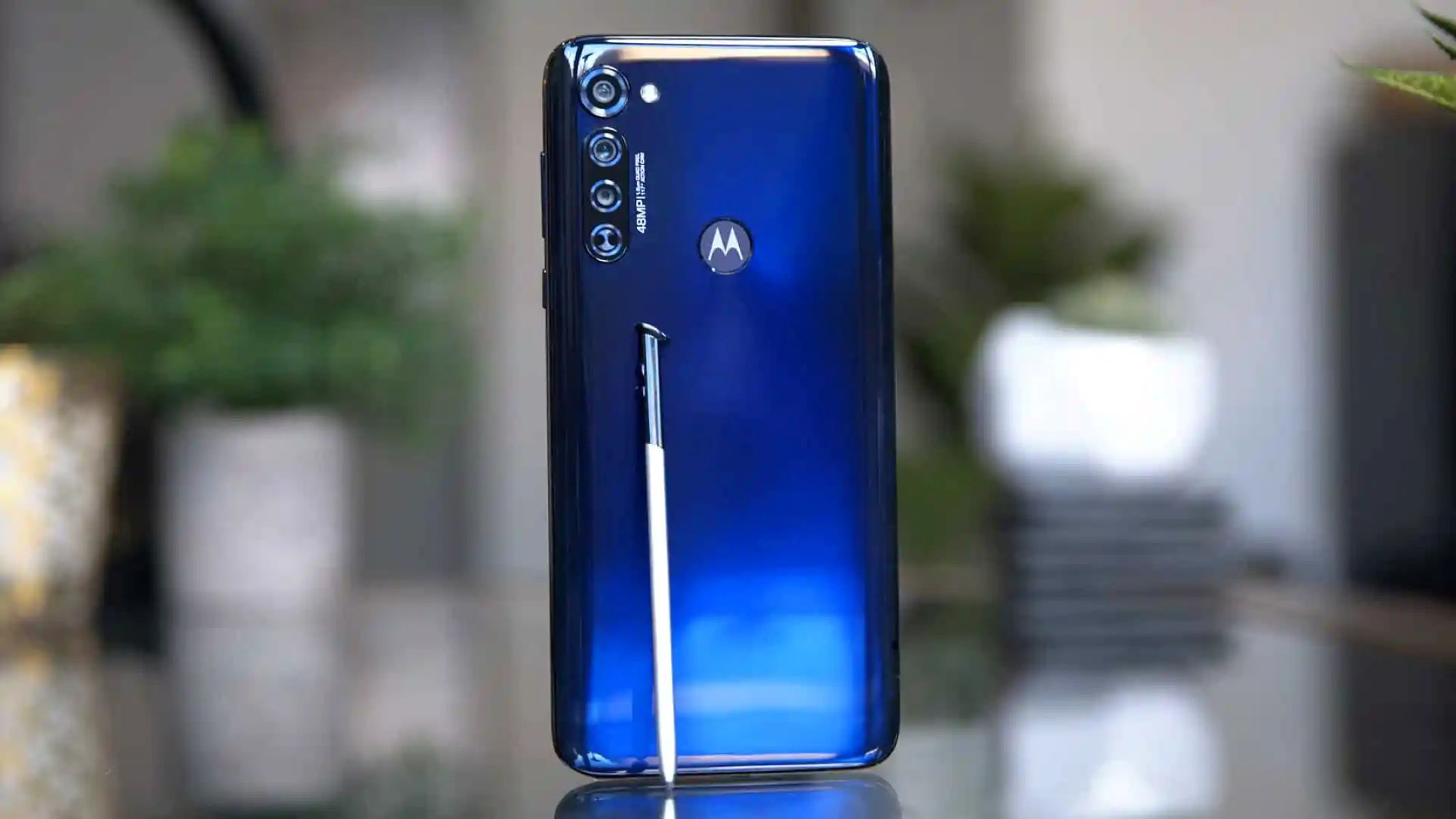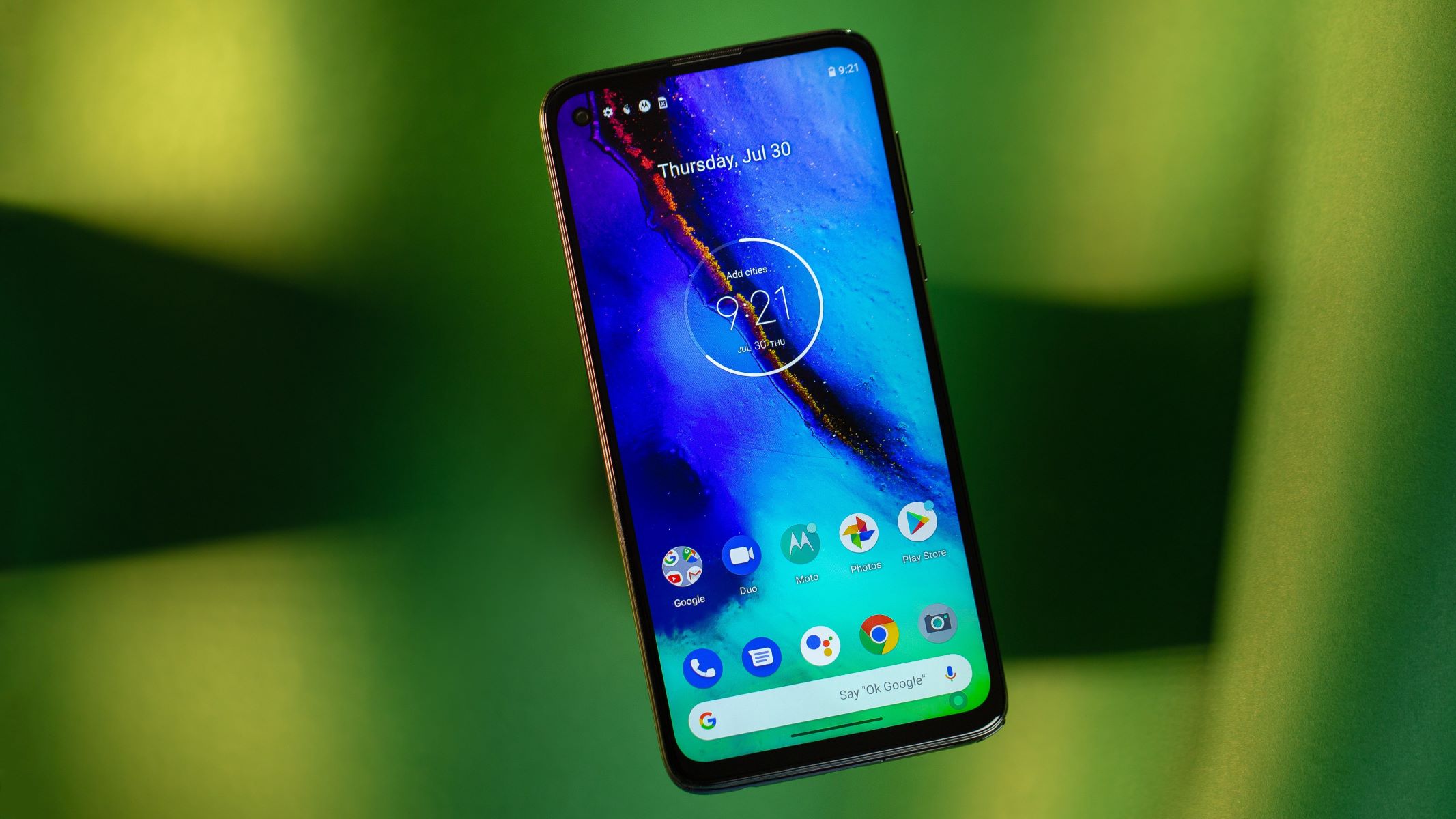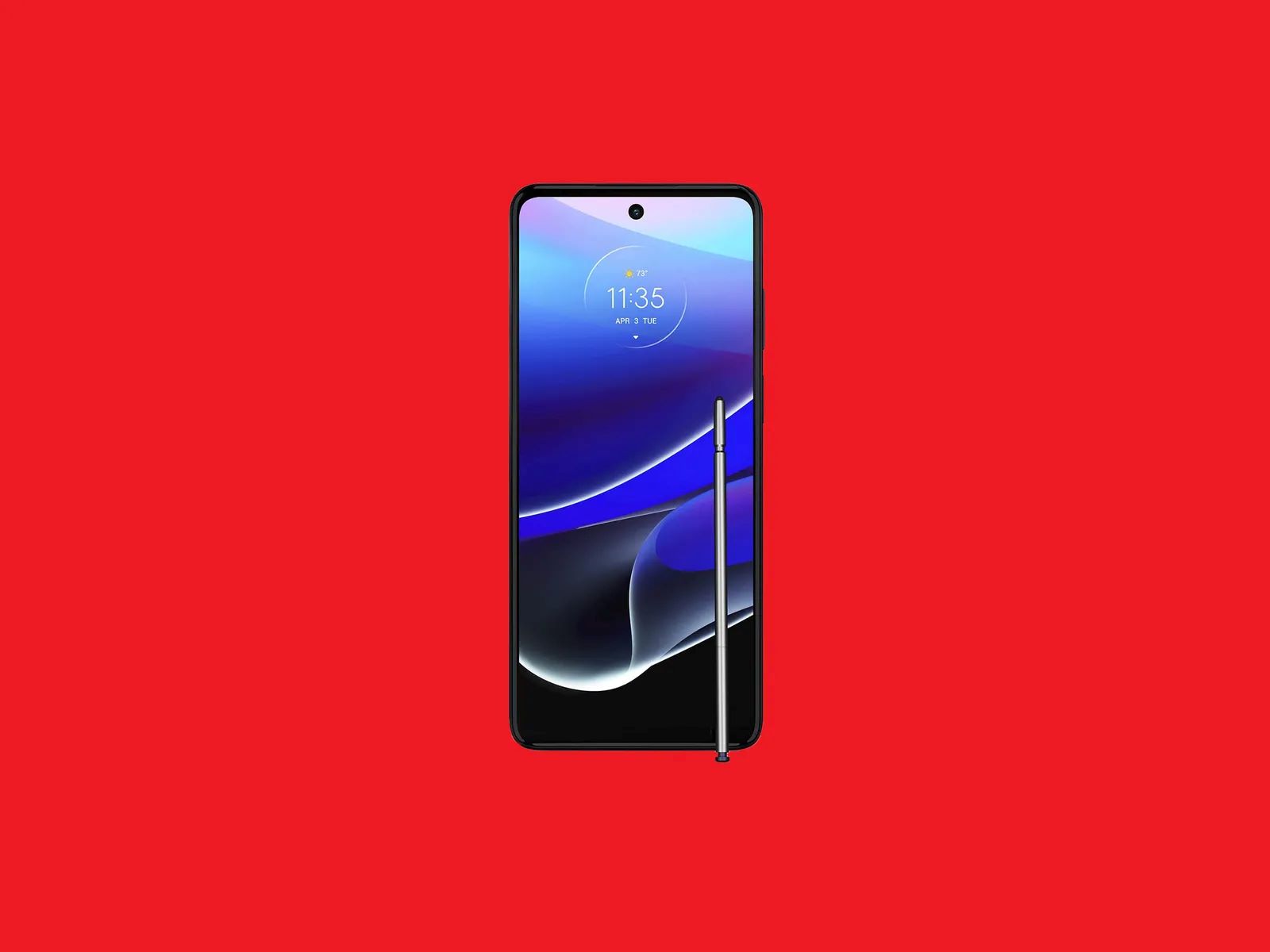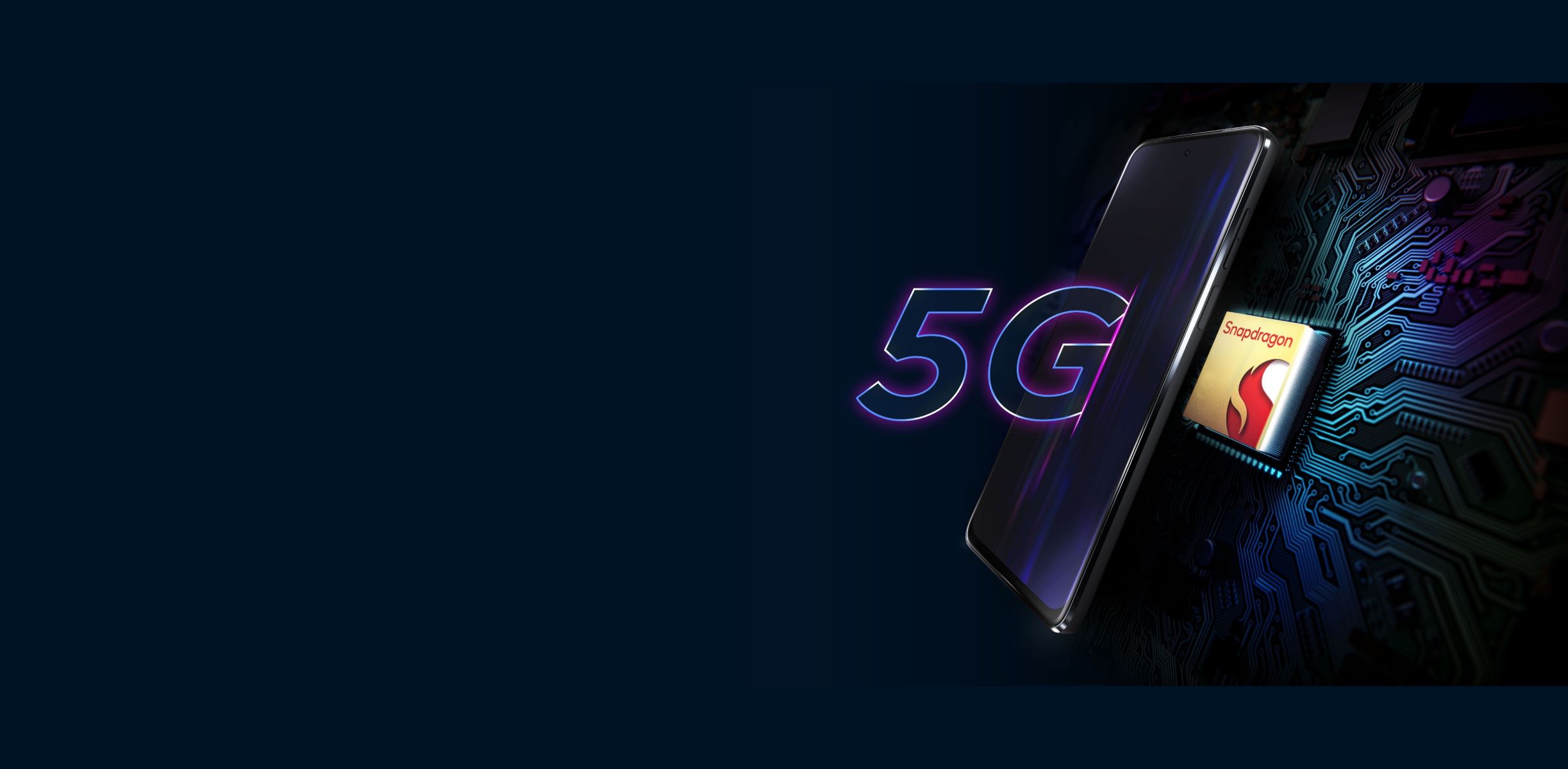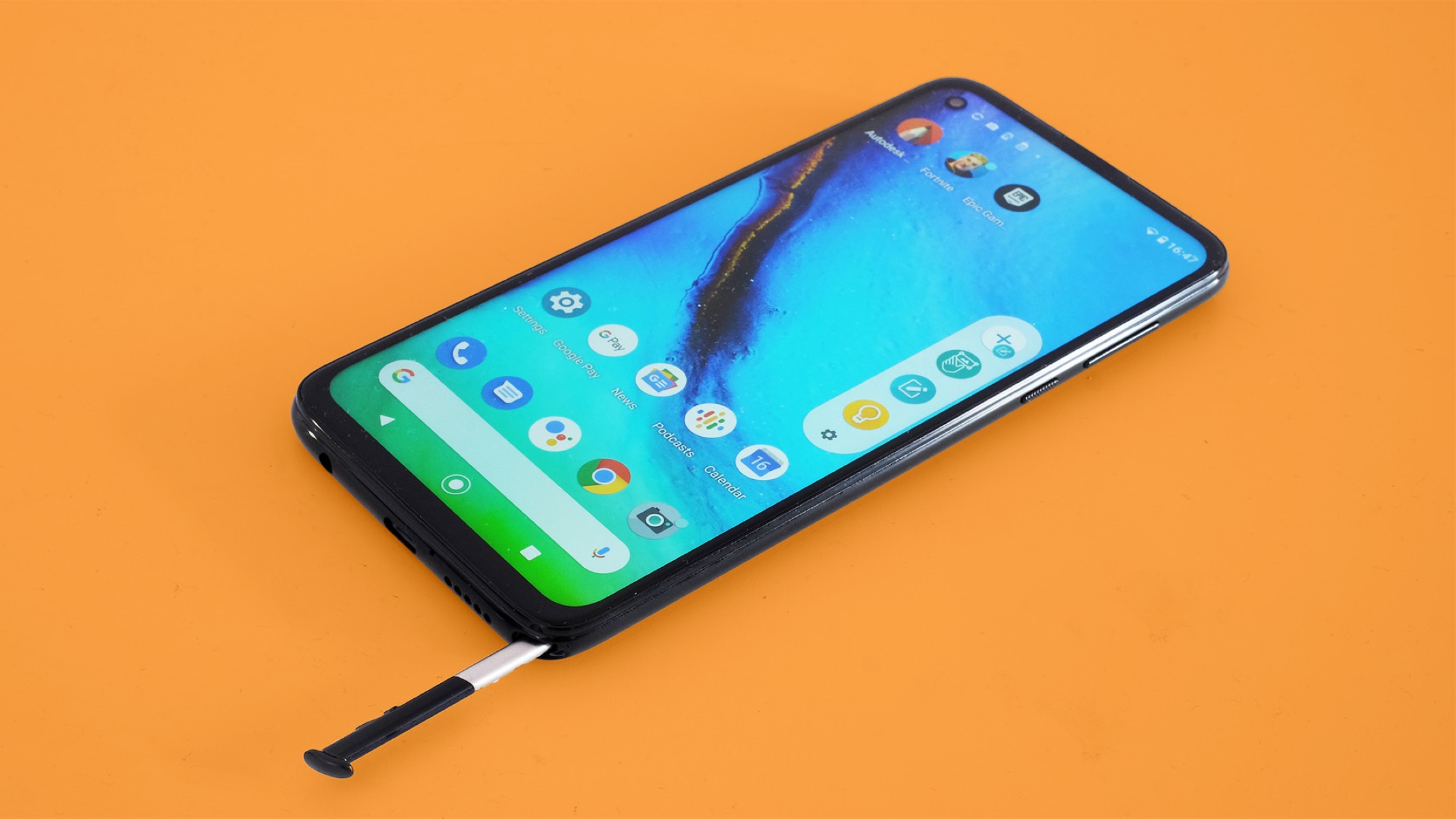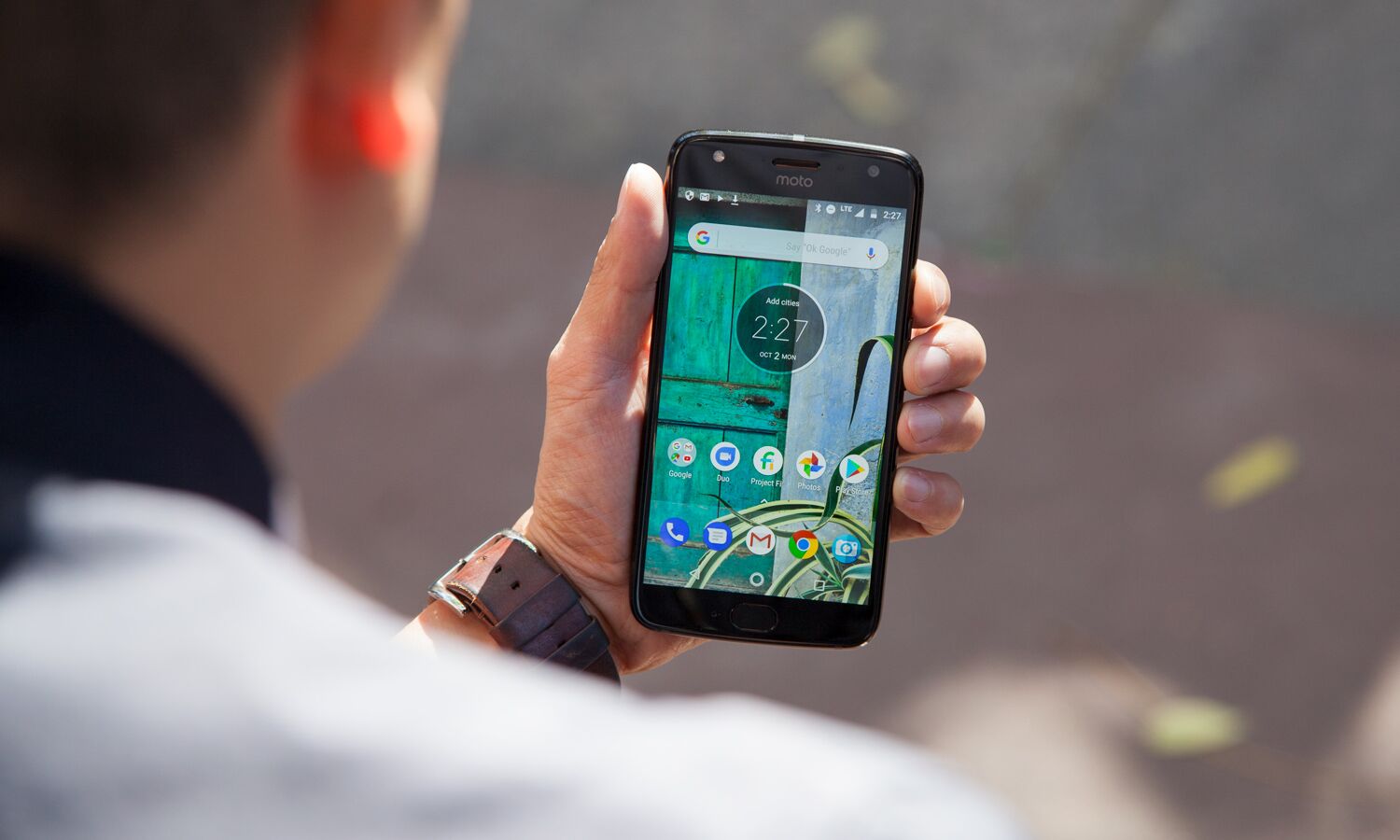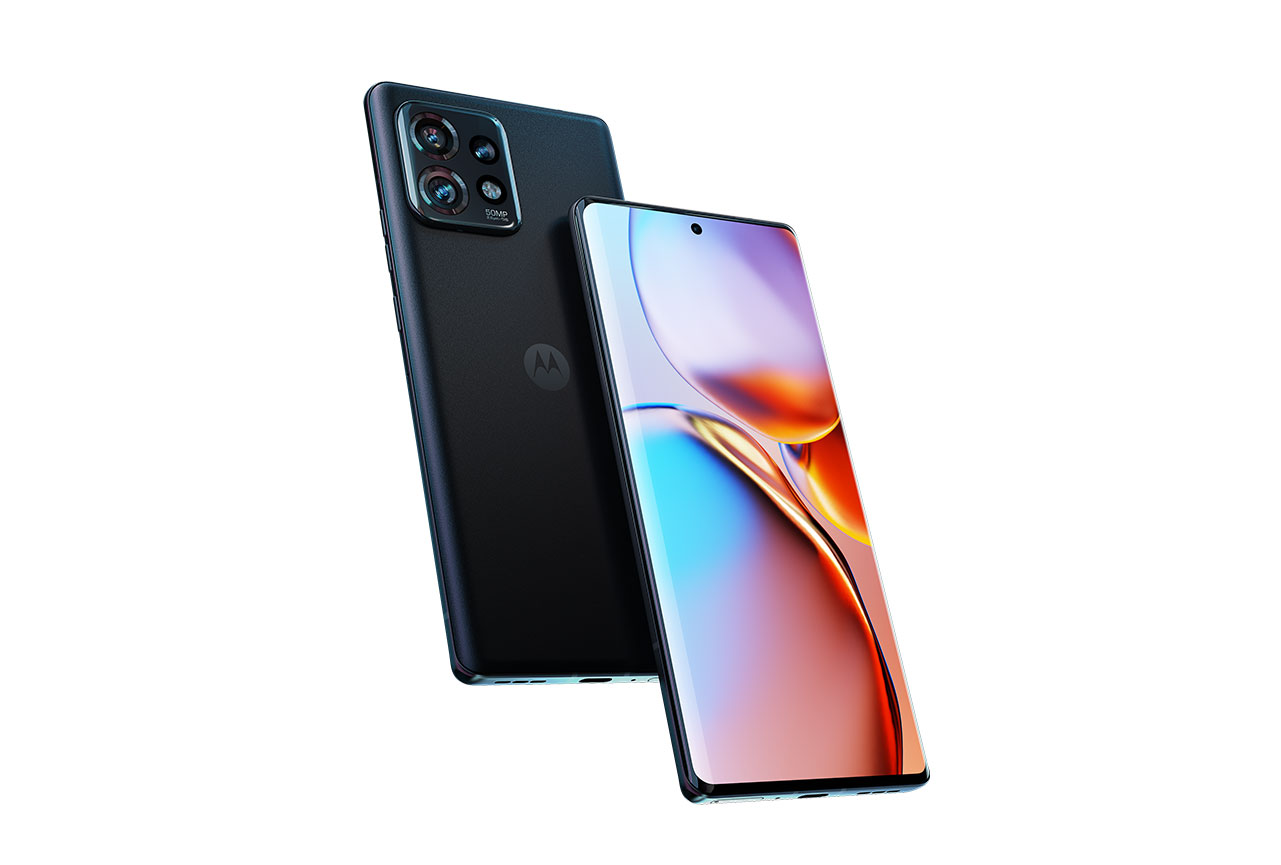Introduction
Screen recording has become an indispensable feature in the digital age, allowing users to capture and share their device screens effortlessly. Whether you want to create a tutorial, demonstrate a process, or simply save a memorable moment, screen recording offers a versatile and convenient solution. With the Moto G Stylus, users can harness the power of screen recording to capture and share their experiences with ease.
The Moto G Stylus is equipped with a user-friendly interface that makes screen recording a seamless and intuitive process. Whether you're a seasoned professional or a novice user, the device's screen recording capabilities offer a wealth of possibilities. From showcasing your gaming prowess to creating engaging presentations, the Moto G Stylus empowers users to express themselves in new and creative ways.
In this guide, we will explore the ins and outs of screen recording on the Moto G Stylus, providing a comprehensive overview of how to capture and share your screen recordings effectively. Additionally, we will offer valuable tips to enhance your screen recording experience, ensuring that you make the most of this powerful feature.
By the end of this guide, you will have a firm grasp of the screen recording capabilities of the Moto G Stylus, allowing you to unleash your creativity and share your unique perspective with the world. So, let's dive into the world of screen recording and discover the myriad possibilities that await!
What is Screen Recording?
Screen recording is a valuable tool that allows users to capture the activity on their device screens, creating a video that showcases a specific process, task, or moment. This feature has gained widespread popularity due to its versatility and utility in a variety of contexts.
Whether you want to demonstrate a complex procedure, record a video call, or capture gameplay footage, screen recording offers a convenient and efficient way to preserve and share digital experiences. By recording the on-screen activity, users can create engaging tutorials, share memorable moments, or troubleshoot technical issues with ease.
Screen recording is particularly useful for content creators, educators, and professionals who rely on visual demonstrations to convey information effectively. With the ability to capture both audio and video, screen recording can provide a comprehensive overview of a process, making it an invaluable tool for training, presentations, and storytelling.
On the Moto G Stylus, screen recording is seamlessly integrated into the user interface, allowing users to access this feature with a few simple taps. Whether you’re showcasing a new app, highlighting a feature, or sharing a unique experience, the Moto G Stylus empowers users to capture their screens effortlessly.
With screen recording, users can share their knowledge, creativity, and experiences in a dynamic and engaging format, fostering communication and collaboration in both personal and professional settings. As we delve deeper into the world of screen recording on the Moto G Stylus, you will discover the myriad possibilities that this feature offers and how it can elevate your digital interactions.
How to Capture and Share Screen Recording on Moto G Stylus
Capturing and sharing screen recordings on the Moto G Stylus is a straightforward process that empowers users to preserve and distribute their digital experiences effortlessly. Whether you want to create a tutorial, share a gameplay highlight, or record a video call, the Moto G Stylus offers a seamless solution for screen recording.
To initiate a screen recording on the Moto G Stylus, follow these simple steps:
- Swipe down from the top of the screen to access the Quick Settings panel.
- Tap on the “Screen recording” icon to begin the recording process.
- Optionally, select the audio source for the recording, such as internal audio or microphone input, to capture accompanying sound.
- Once the recording begins, navigate to the app or content you wish to capture on your screen.
- To stop the recording, tap the “Stop” button in the notification panel or the screen recording interface.
After capturing your screen recording, you can easily share it with others using the following methods:
- Access the recorded video in the Gallery app and tap the share icon to send it via messaging apps, social media, email, or other platforms.
- Alternatively, you can upload the recording to cloud storage services or video-sharing platforms to reach a wider audience.
The Moto G Stylus offers seamless integration with popular sharing platforms, allowing users to distribute their screen recordings with ease and convenience. Whether you’re showcasing a new app feature, providing visual instructions, or sharing a memorable moment, the Moto G Stylus empowers you to share your screen recordings with the world.
By mastering the art of capturing and sharing screen recordings on the Moto G Stylus, users can leverage this feature to communicate, educate, and entertain, enriching their digital interactions and leaving a lasting impression on their audience.
Tips for Using Screen Recording
While screen recording on the Moto G Stylus is a powerful tool in itself, incorporating some tips and best practices can enhance the quality and impact of your recordings. Here are some valuable tips to make the most of your screen recording experience:
- Plan Your Recording: Before initiating a screen recording, outline the key points or actions you want to capture. Having a clear plan will help you create concise and focused recordings.
- Optimize Audio Settings: If your recording involves audio, ensure that you select the appropriate audio source to capture clear and synchronized sound. Whether it’s internal audio from the device or external input via the microphone, adjusting the audio settings can significantly enhance the quality of your recordings.
- Use Annotations and Highlights: Leverage the built-in annotation tools during the recording process to emphasize important elements on the screen. Drawing, highlighting, or adding text can draw the viewer’s attention to specific areas, enhancing the clarity of your presentation.
- Consider Screen Orientation: Depending on the content you’re capturing, consider the optimal screen orientation to provide the best viewing experience for your audience. Landscape orientation is often preferred for general recordings, while portrait orientation may be suitable for certain types of content.
- Review and Edit: After completing a recording, take the time to review the footage and make any necessary edits. Trimming, adding captions, or incorporating transitions can refine the final recording before sharing it with others.
- Practice and Experiment: Familiarize yourself with the screen recording feature by practicing and experimenting with different settings and scenarios. This hands-on approach will help you gain confidence and refine your recording techniques over time.
By implementing these tips, users can elevate their screen recording endeavors, creating polished and engaging content that resonates with their audience. Whether you’re creating instructional videos, sharing captivating moments, or presenting innovative ideas, these tips will help you maximize the impact of your screen recordings on the Moto G Stylus.
Conclusion
Screen recording on the Moto G Stylus opens up a world of possibilities for users to capture, create, and share their digital experiences in a compelling and dynamic format. With its intuitive interface and seamless functionality, the Moto G Stylus empowers individuals to harness the power of screen recording for various purposes, ranging from educational content to entertainment and beyond.
By understanding the process of capturing and sharing screen recordings on the Moto G Stylus, users can leverage this feature to express their creativity, communicate effectively, and engage their audience in meaningful ways. Whether it’s showcasing a new app feature, providing step-by-step tutorials, or preserving memorable moments, screen recording offers a versatile and accessible medium for self-expression and knowledge sharing.
Furthermore, the tips and best practices for using screen recording can help users refine their recording techniques, enhance the quality of their content, and create impactful recordings that resonate with their audience. From optimizing audio settings to utilizing annotation tools, these tips provide valuable insights for maximizing the effectiveness of screen recordings on the Moto G Stylus.
As technology continues to evolve, screen recording remains a valuable tool for capturing and sharing digital experiences, fostering collaboration, and enriching communication in both personal and professional spheres. With the Moto G Stylus as a reliable companion, users can unleash their creativity, amplify their voice, and leave a lasting impression through the captivating medium of screen recording.
In conclusion, the Moto G Stylus offers a seamless and feature-rich platform for users to explore the boundless potential of screen recording, enabling them to share their unique perspective with the world and make a meaningful impact in the digital landscape.







